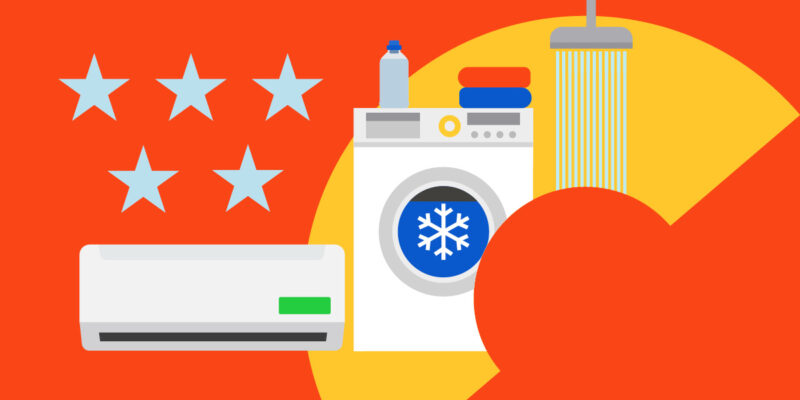Appliance energy star ratings are utilised throughout Australia (and beyond), and they exist so that homeowners everywhere can stand a better chance of choosing the most efficient products available on today’s modern market. However, figuring out the ins and outs of the aforementioned energy star ratings isn’t always a simple task.
Thankfully, you needn’t be stuck for much longer. In fact, this informative guide will help you to simplify the process of reading, understanding and making the most of energy star ratings. So; what are you waiting for?! Check below to learn more now!
Why does energy efficiency matter?
When an appliance has a high energy star rating, this suggests that it’s able to do its job in the most efficient way. In turn, this translates into your appliance using less electricity, therefore making it kinder to the environment in the long run. Good energy efficiency ratings will also help you to keep your property up and running without having to spend a small fortune in the process. Reading the information listed on the energy star rating label can no doubt assist you with making a more informed decision – you’ll be able to calculate the average running cost, which in turn will help you to minimise your monthly bills.
Which products display an energy rating label?
Energy star ratings can be found on a number of household appliances, including but not limited to: dishwashers, washing machines, clothes dryers, fridges and freezers, air conditioning units and even on televisions sets, too. In many cases Energy rating labels are actually mandatory, so it’s against the law for manufacturers not to include ratings on these appliances when preparing them for sale.
How to read an energy rating label
When it comes to reading energy rating labels, you need to look for 2 important pieces of information: the star rating, and the energy consumption figure.
-
Energy consumption:
Energy consumption suggests how much energy (likely in kWh) your appliance will tend to use in a 12 month period, with an average amount of usage. You can utilise this area of the energy rating label to determine how much it’s going to end up costing you to keep the appliance running regularly.
-
Star rating:
Star ratings aid consumers inworking out an appliance’s energy efficiency. In most cases star ratings use a 6 or 10 star scale, and it’s possible to see whole or half star increments in place to present information as accurately as possible. The lower the energy consumption, the higher the star rating will be. Then, the higher the star rating is, the more energy efficient and cheaper your appliance is to use!
Using the label to calculate running costs
To calculate the running cost of an appliance, you simply need to divide the energy consumption figure by 4.
Here’s an example:
A fridge that uses 400 kWh will likely cost around $100 a year to run.
Annual cost to run = Energy Consumption (kWh) x Electricity Tariff (cents/kWh) = 400 x 0.25 = $100
Australian energy rates range from around $0.20 – $0.30 per kWh, so if you’d like an even more exact estimate then it’s best to take the opportunity to check your individual electricity tariff rate on your energy bill.
Final Thoughts
If you’re still confused on how to properly use energy star ratings then do not fret – simply get in touch with a trusted electrician to help you get to grips with it all!
